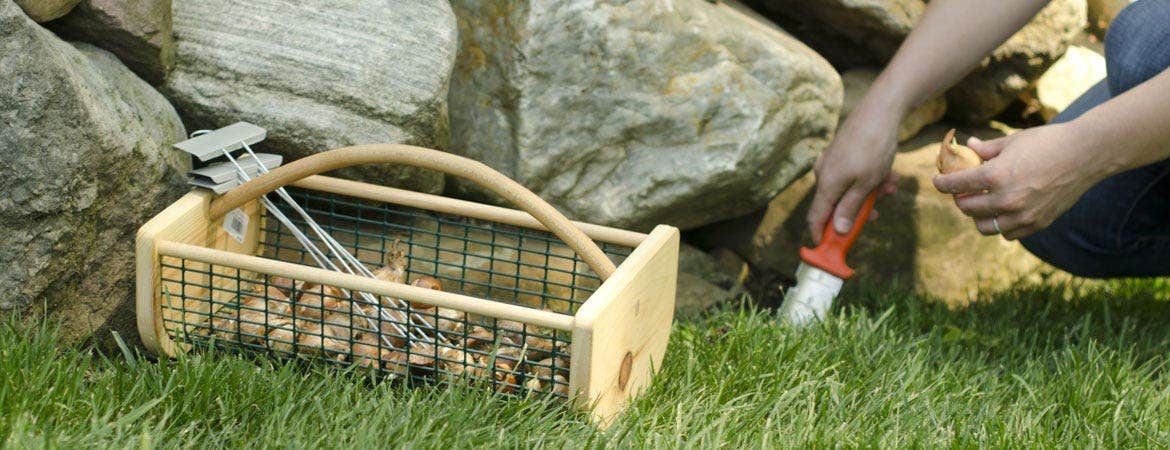Plant Fall Bulbs for a Beautiful Spring


Early fall is one of our favorite times of the year! The sweltering summer heat makes way to crisp autumn breezes, the trees put on a stunning display of reds, oranges, and yellows against a brilliant blue sky, and the smells of burning campfires and roasting hotdogs drift through the evening air.
But along with the changing seasons come new tasks in the lawn and garden. One project we really enjoy this season is planting fall bulbs! With the right tools it requires little work, and it comes with a great reward of beautiful spring-blooming flowers.
What Bulbs to Plant in the Fall
Plant these bulbs in the fall: Bluebell, Christmas Rose, Crocus, Daffodil, Fritillary, Glory of the Snow, Grape Hyacinth, Iris, Ornamental Onion, Snowdrop, Snowflake, Spring Starflower, Star of Bethlehem, Striped Squill, Tulip, Winter Aconite.
See The Old Farmer's Almanac for growing instructions, blooming times, and other helpful notes on fall bulb planting.
Tip: Plan accordingly! If you want continuous blooms from spring through fall, be sure to check the blooming times. If you plant a variety of early, middle, and late blooming bulbs, you'll have a gorgeous display throughout the year.


When to Plant Your Bulbs
It's best to plant fall bulbs after the summer heat has passed. Ideally the soil temperature should be 60 degrees Fahrenheit or cooler, but be sure to plant before the first frost. Use a soil thermometer to quickly and accurately check the soil temperature.
How to Plant Your Bulbs
- Pick the right spot! Most bulbs like full sun, but it's always best to refer to the instructions on the bulb's package.
- Prepare the soil by making sure it's loose and well drained.
- Mix some compost into the soil so it's rich in organic matter.
- As a general guideline, dig a hole two to three times deeper than the bulb is tall. Refer to the package for specific planting depth.
- Place the bulb in the hole with the roots down. If the bulb has a pointed end, that's the side that should be facing up.
- Use a fertilizer that is low in nitrogen to help your bulbs establish faster, develop deeper roots, and produce superior blooms.
- Cover with soil and be sure to give your newly planted bulbs plenty of water.
- Remember what bulbs you planted and where they're located with handy plant markers.
Tools to Make Bulb Planting Easy
Protect Your Bulbs from Squirrels and Other Pests
Squirrels love to cause problems in the garden. Don't let them destroy all your hard work by digging up and snacking on your freshly planted bulbs! You can cover the ground with plastic netting, wire mesh, or chicken wire to stop pesky squirrels. Just remove the protection after the bulbs start to sprout.
Also consider planting bulbs that squirrels don't like such as tulips, daffodils, allium, snowdrops, and grape hyacinths. You can also plant bulbs in containers, which might make it harder for squirrels to get to and are just as easy to cover for protection.

